UK Election Analysis 2017 will be published on 19th June
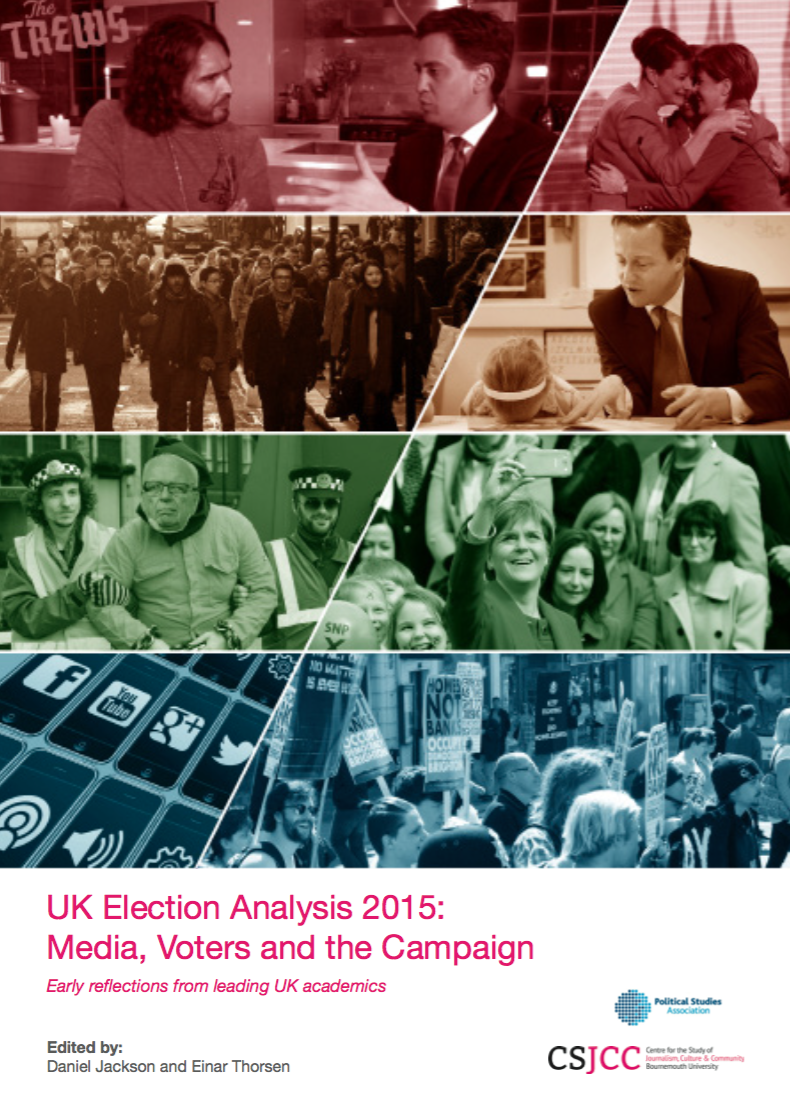
UK Election Analysis 2015:
Media, Voters and the Campaign
Featuring 71 contributions from leading UK academics, this publication captures the immediate thoughts, reflections and early research insights on the 2015 UK General Election from the cutting edge of media and politics research.
Published 10 days after the election, these contributions are short and accessible. Authors provide authoritative analysis of the campaign, including research findings or new theoretical insights; to bring readers original ways of understanding the election. Contributions also bring a rich range of disciplinary influences, from political science to fan studies, journalism studies to advertising.
We hope this makes for a vibrant and engaging read.
Contents
Introduction (Daniel Jackson and Einar Thorsen)
Media Reporting

1. The ‘horse-race’ contest dominated TV news election coverage (Stephen Cushion and Richard Sambrook)
2. News media performance in the 2015 General Election campaign (David Deacon, John Downey, James Stanyer and Dominic Wring)
3. Broadcasting: at the centre of the most managed election campaign (Charlie Beckett)
4. The right man for the job: the gendered campaign (Emily Harmer)
5. What citizens are entitled to expect from TV election debates (Stephen Coleman and Giles Moss)
6. Girls on top, who knew? The unpredictability of pollsters and publics (Karen Ross)
7. Why can’t I vote for a female MP? (Heather Savigny)
8. Immigration coverage and populist cultural work in the 2015 General Election campaign (Kerry Moore)
9. Winning and losing the ‘Battle for Number 10’: a linguistic analysis of the Paxman vs Cameron/Miliband election interviews (Sylvia Shaw)
10. Hot dog politics: Why comfort food makes politicians uncomfortable (Marcel Broersma)
11. The kitchen as the new campaign battleground: changing notions of masculinity (Karin Wahl-Jorgensen)
Voters, Polls and Results
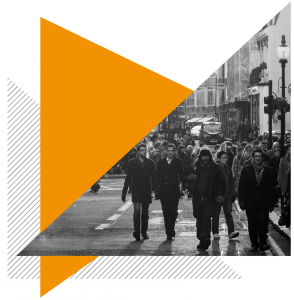
12. Lies, damned lies and opinion polls (Mick Temple)
13. How could the polls have been so wrong? (Suzanne Franks)
14. Using social media to predict the General Election? (Mark Shephard)
15. Can trends in social media explain why the opinion polls got it wrong? (Richard Fletcher and Steve Schifferes)
16. Mediaptating the ‘civic imperative’ (Julian McDougall and Mark Readman)
17. Liars, bullies, confused and infantilised… and that’s just the electorate: the roles ascribed and the portrayal of members of the electorate in election TV coverage (Richard Scullion)
18. Bringing out the youth vote? Young people and the 2015 General Election (James Sloam)
19. A transitional parliament (Roman Gerodimos)
Political Communication and Image Management
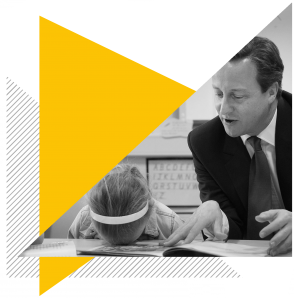
20. Extraordinary election, political communication as usual (Margaret Scammell)
21. Symbolising Britain (Russell Foster)
22. Standing behind the leaders (Rutherford)
23. Political consultants, their strategies and the importation of new political communications techniques during the 2015 General Election (Andrew Mullen)
24. There now follows a party election broadcast (Matt Walsh)
25. The slow shift to the digital campaign: online political posters (Vincent Campbell and Benjamin Lee)
26. Online persuasion at the 2015 General Election (Nigel Jackson)
27. Marketing the 2015 British General Election: the invisible campaign? (Janine Dermody)
28. ‘Oh what a circus’: reflecting on the 2015 UK General Election as an event (Ian R. Lamond)
29. Six weeks of separation: the campaign rhetoric of the Conservatives and Liberal Democrats (Judi Atkins)
30. Did the Green Surge make any difference? (David McQueen)
31. Ordinariness and authenticity in the 2015 General Election campaign (Frances Smith)
The Nations
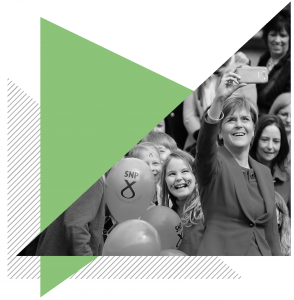
32. Scottish nationalism in the 2015 UK General Election (Michael Higgins)
33. From the Scottish Referendum 2014 to the GE 2015 (Margot Buchanan)
34. One nation and two messages: how Scotland has become a problem for British journalists and the Labour Party (Steven Harkins)
35. Northern Ireland in the 2015 General Election (Jennifer Thomson)
36. Wales: Plaid Cymru and Labour’s media message fails in target seats (Ifan Morgan Jones)
37. Blot on the landscape: how Brighton and Hove kept the progressive dream alive (James Morrison)
Campaigning and Civil Society
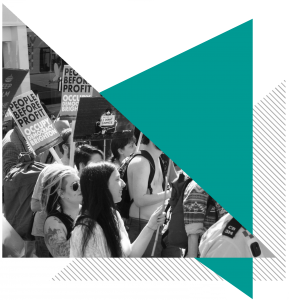
38. Election news coverage and civil society (Jen Birks)
39. ‘A storm of groans and shouts’: the media and hustings (Phil Chamberlain)
40. Tweeting for social change: the dilemma of non-profits campaigning during the 2015 General Election (Tobias Bürger)
41. Data journalism and the 2015 UK General Election (Paul Bradshaw)
42. Zombies on the high street: 38 degrees and the ‘Save Our NHS’ campaign (James Dennis)
Social Media

43. The politics of social media (Alec Charles)
44. Was this the ‘social media election’? We don’t know yet (Nick Anstead)
45. Citizen engagement in the dual-screened election campaign (Andrew Chadwick and Cristian Vaccari)
46. The battle for the online audience: 2015 as the social media election? (Darren G. Lilleker)
47. Passive and active social media engagement (Steven Buckley)
48. Twitter response to televised political debates in Election 2015 (Sarah Pedersen et al.)
49. Why so few female tweeters before #GE2015? The gendering of public discourse on Twitter (Mary Mitchell)
50. UKIP Facebooking the Tories in General Election 2015 (Anthony Ridge-Newman)
51. UKIP: The web’s darling? (Filippo Trevisan and Paul Reilly)
52. Social sharing, mobile media and the Buzzfeedisation of news (Nic Newman)
Popular Culture
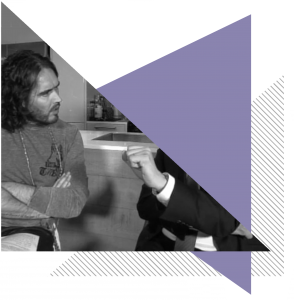
53. After Milibrand: Russell Brand and the politics of celebrity politics (Jane Arthurs and Ben Little)
54. Celebrity endorsements and activities in the 2015 UK General Election campaign (Mark Wheeler)
55. Celebrity interventions in the election campaign and party affiliation (Nathan Farrell)
56. Legitimacy and the celebrity single-issue candidate (Jeremy Collins)
57. It’s the neutrosemy, stupid!: fans, texts and partisanship in the 2015 General Election (Cornel Sandvoss)
58. Britain’s Got Tories: Yank scholar on UK lifestyle politics (Brad Gyori)
59. #RegisterToVote: picturing democratic rights and responsibilities on Twitter (Katy Parry)
60. The ‘most unlikely’ or ‘most deserved cult’: citizen-fans and the authenticity of Milifandom (Matt Hills)
Media Influence and Interventions
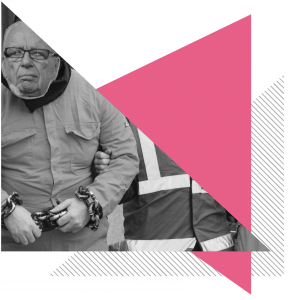
61. Four reasons why a partisan press helped win it for the Tories (Steven Barnett)
62. Media policy, power and politics (Natalie Fenton)
63. Election 2015: it’s the press wot won it? (Des Freedman)
64. The ‘Tory Press’ rides again (Ivor Gaber)
65. The fetishization of the ‘fiscal deficit’: a media discourse (Chris Roberts)
66. ‘This is cloud cuckoo’: radical alternatives to public debt (Lee Salter)
67. Immigration and the 2015 election: the banal, the racist, and the unspoken (Aristotelis Nikolaidis)
68. Nigel Farage: celebrity everyman (Neil Ewen)
69. When the readers’ pen is just another sword (Iñaki Garcia-Blanco)
70. Political discourse on the digital economy fails to reflect the concerns of the electorate (Andrew White)
71. Media policy as an election issue: ever present, yet absent (Jonathan Hardy)